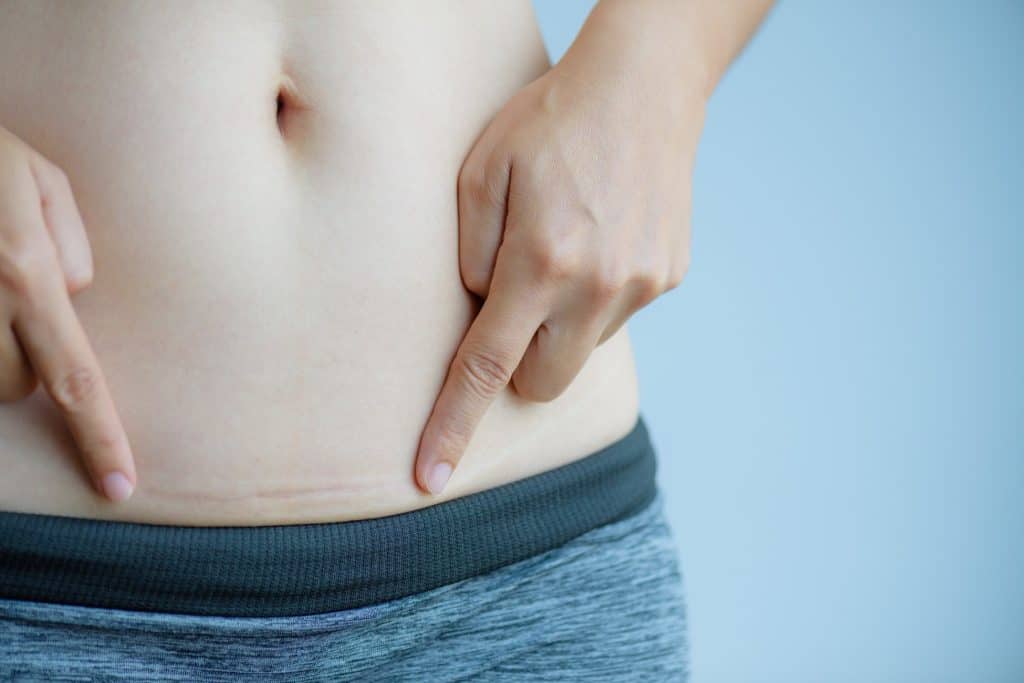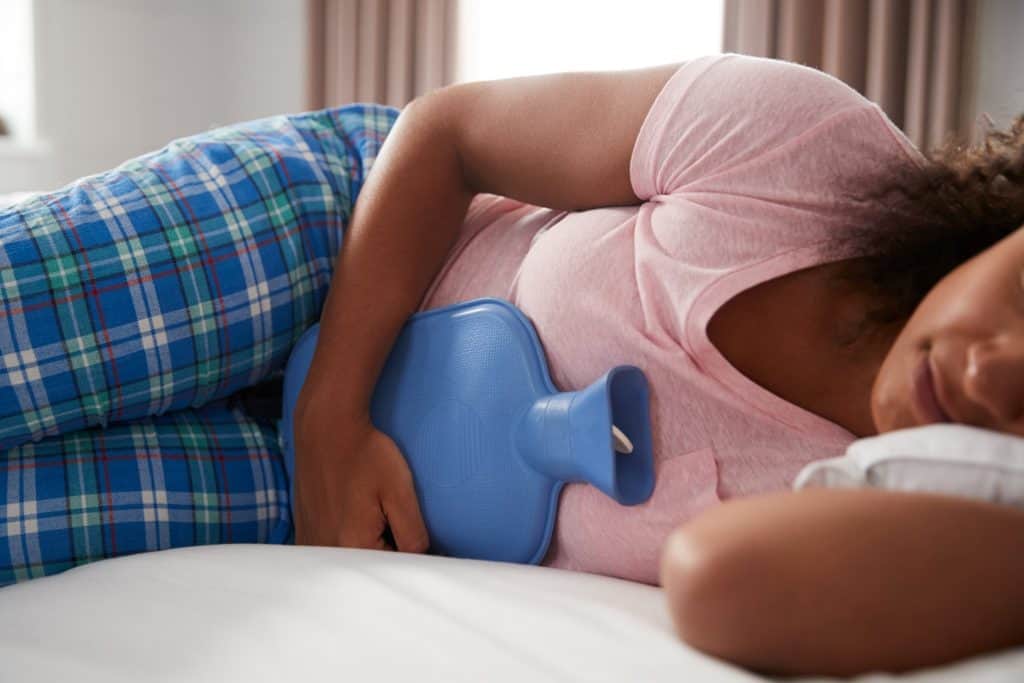C-section scars are a common reminder of the delivery process for many mothers. Most of the time these heal quickly on their own, but occasionally ingrown hairs may crop up around their C-section scars. Alongside these scars, some mothers also look for ways to get rid of c-section overhang, which is the slight pouch or skin fold that can form above the scar.
Ingrown hairs aren’t just a nuisance – they could lead to awful infections in time. Thankfully, there are several ways to go about handling ingrown hairs on your C-section scars.
Ingrown hairs on your C-Section scars are a common side effect after the procedure. Let the affected area recover a bit before you begin applying treatments, as starting too early could be unpleasant at best and actively harmful at worst.
Hygiene, warm compresses, and exfoliating products are your best bet for accessible relief, but if the problem persists be sure to get in touch with your doctor!
Many women experience ingrown hairs after C-Section deliveries. We’ll discuss the reasons causing this issue and provide some worthwhile treatment options down below.
Why Do I Have Ingrown Hairs on My C-Section Scars?
There are a lot of potential reasons why you have ingrown hairs on your C-Section scars. After a surgical procedure, the hair follicles in that area tend to grow more slowly. In extreme cases, surgery can leave hair follicles trapped under dead skin or scar tissue, causing ingrown hairs.

Scar tissue has fewer blood vessels and hair follicles than normal skin, leaving it more starved for nutrition and oxygen. It also tends to be much thicker but will be way less elastic. Occasionally, scar tissue won’t grow back evenly, which will further inhibit healthy hair follicle growth and promote ingrown hairs on your C-Section scars.
If you’re just a couple of days past surgery, leave your C-section scars alone! Shaving or waxing the area increases the chance of those hairs growing back at odd angles, bolstering inflammation and further discomfort.
Imagine tending to a garden here – if you were to abruptly pluck a plant, what’s the likelihood of it growing back in the exact same way?
C-Section recovery doesn’t start with treatment – it starts when you let the surgical site rest after the intense, exhausting delivery process.
Dealing with Post C-Section Ingrown Hairs
Ingrown hairs on your C-Section scars are a common occurrence for women after delivery, but fortunately, there’s plenty you can do to help manage the worst of these side effects.
-
Prioritize Hygiene and Sanitation
You want to keep the area clean and dry to minimize infection and ingrown hair risk.
Avoid scratching at your C-Section scars, as your fingers could introduce bacteria to the affected area and further the existing infections. Gently wash the area with mild soap and warm water, then pat it dry with a fresh towel. Ask your doctor for brand recommendations and avoid soaps that contain fragrances and other potential irritants.
-
Make Generous Use of Warm Compresses

A warm compress could also help you out in a pinch, curbing local inflammation and encouraging hair follicles to open up.
For best results, limit warm compress usage to 10-15 minute increments. Using them multiple times a day is fine, but prolonged contact could irritate the affected area.
-
Buy Some Gentle Exfoliating Products
It’s worth considering exfoliating products to treat ingrown hairs on your C-Section scars.
Exfoliation helps clear clogged pores and remove dead skin cells, which makes it easier for trapped ingrown hairs to surface! It can be done using physical (i.e. sugar scrubs) or chemical (i.e. salicylic acid) means.
We personally favor physical exfoliants, as it’s pretty easy to over-exfoliate with chemical treatments – not to mention the chance of them causing allergic reactions.
What about Depilatory Treatments?
Depilatory products dissolve hair without causing further trauma but have a pretty hefty set of drawbacks to consider before use. They tend to smell rather pungent and are unlikely to dissolve everything – especially ingrown hairs trapped under the skin.
Depilatory products are great for preventing ingrown hairs but make for poor treatments if that problem has already taken root. Depilatory creams contain pungent chemicals that may be alright for normal conditions but will badly agitate tissue that’s already inflamed. Overuse of depilatory products is also likely to cause chemical burns!
Final Thoughts
Ingrown hairs are pretty common after C-Section deliveries. While they’re unpleasant to deal with, the problem is pretty straightforward to handle. Practice proper hygiene, gently exfoliate the affected area, and apply warm compresses for immediate relief.
Your ingrown hairs should clear up quickly after this, but if it doesn’t be sure to schedule an immediate consultation with your primary healthcare provider.